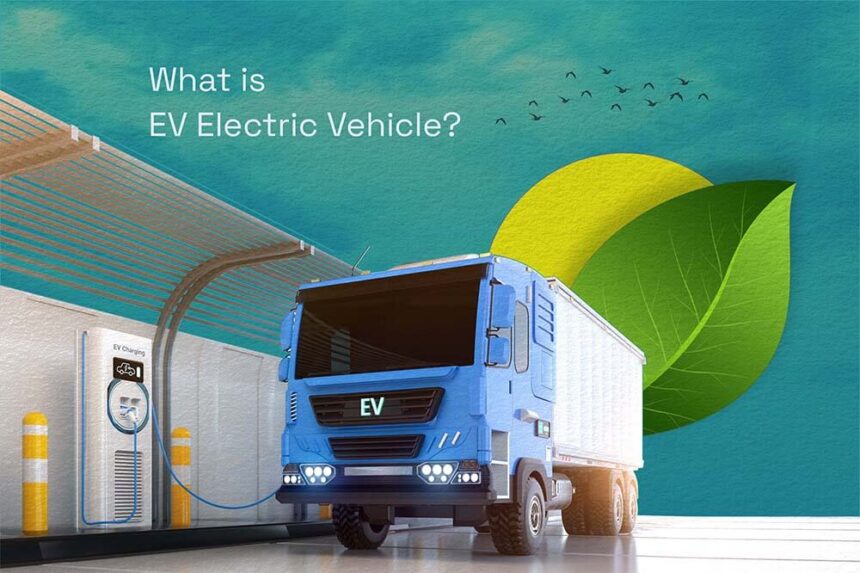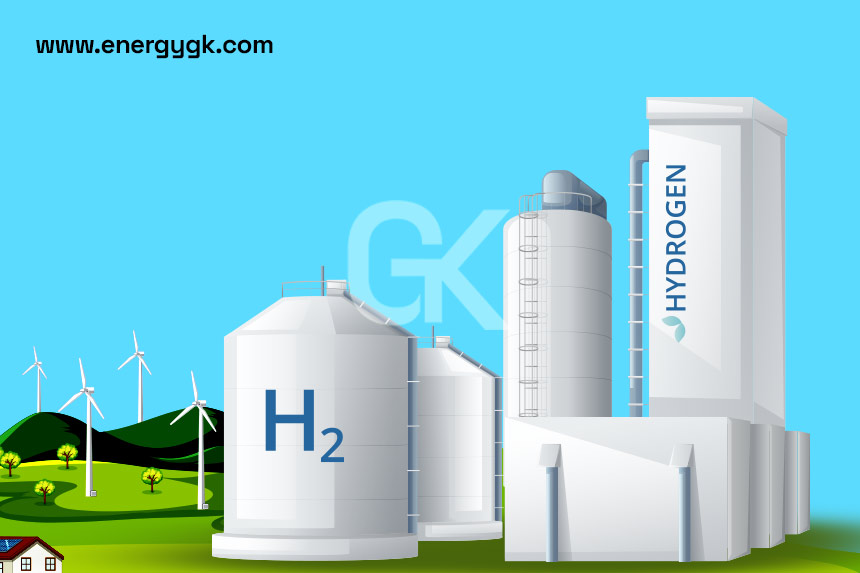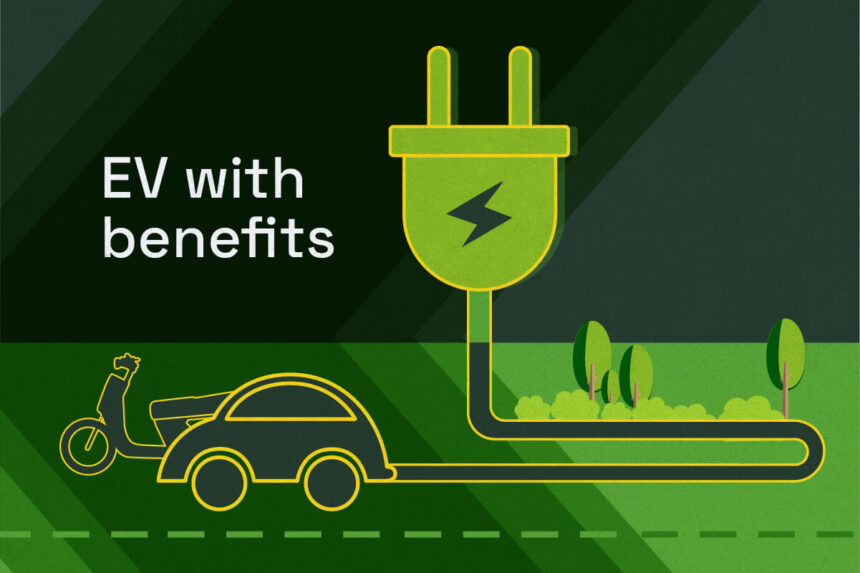Introduction
EV is nothing but our humble Electric Vehicles. EVs are automobiles that run entirely or mostly on electricity.
Electric cars are particularly ecologically friendly since they consume little to no fossil fuels, have fewer moving components that need to be maintained, and have minimal operating expenses (petrol or diesel). Although some electric cars (EVs) employed lead acid or nickel metal hydride batteries, lithium-ion batteries are currently thought to be the mainstream technology for battery electric vehicles due to their longer lifespan, good energy retention, and self-discharge time of just 5% per month.
What makes the Electrical Vehicle?
- Battery (all-electric auxiliary): The supplemental battery powers the car’s accessories in an electric drive vehicle.
- Charge port: The car may attach to an external source of power using the charging port to recharge the traction rechargeable battery.
- DC/DC converter: This device, known as a DC/DC converter, transforms higher-voltage DC power from the traction battery pack into the lower-voltage DC power required to operate the vehicle’s peripherals and replenish the auxiliary battery.
- Electric traction motor: This motor powers the wheels of the vehicle by drawing energy from the battery that provides traction. Some automobiles employ motor generating that serve as both drives and regenerators.
- Onboard charger: The onboard charger transforms the receiving AC power from the charge port to DC power to recharge the propulsion battery. While the pack is being charged, it also interacts with the charging apparatus and keeps track of battery properties including strength, current, heat, and state of charge.
- Power electronics controller: The power electronics controller regulates the flow of electrical energy from the battery pack, regulating the velocity and torque of the electric traction motor.
- Thermal system (cooling): This equipment maintains the engine, electric motor, power electronics, and other elements within a safe operating range of temperatures.
- Traction battery pack: Electricity is stored in the traction battery pack, which the electrically powered motor will utilise.
- Electric transmission: The electric traction motor drives the tires by transferring mechanical force through the transmission.
What makes them so special?
Reduced operating expenses
Compared to a comparable petrol or diesel car, an electric vehicle has much reduced operating costs. Instead of utilising fossil fuels like diesel or gasoline to recharge their batteries, electric cars utilise electricity. Due to their greater efficiency and the lower cost of power, charging an electric car is more affordable than purchasing gasoline or diesel for your transportation needs.
Low cost of maintenance
Because they have fewer moving parts than internal combustion engines, electric cars require extremely less maintenance.
Compared to typical petrol or diesel automobiles, electric cars require less maintenance. As a result, operating an electric car has a very low annual cost.
Save the earth with fewer emissions
Because electric vehicles have no exhaust emissions, driving one can help you lessen your carbon impact. By selecting renewable sources of energy for your home’s power, you may further lessen the ecological impact of refuelling your automobile.
Simple to operate and silent
Electric cars are incredibly convenient to drive and don’t have gears. Only the accelerator, brake, and steering are controlled. Simply put your car into a household or community charger to start charging it. Due to their reduced noise emissions compared to conventional cars, electric vehicles are also silent.
What are your options for an EV?
Battery-powered automobiles (BEVs)
Electric drivetrains driven only by batteries are used in BEV-based electric vehicles. The enormous battery pack that houses the electricity needed to power the car may be recharged by hooking it to the power grid. One or more electric motors are then powered by the fully charged rechargeable battery to drive the electric vehicle.
Hybrid Electric Vehicles (HEVs)
Parallel or series hybrids are other names for HEVs. HEVs have an electric generator in addition to an engine. Fuel powers the engine, while batteries provide electricity for the motor. Both the engine and the electric motor turn the gearbox at the same time. Wheels are then propelled by this.
PHEV: Plug-in Hybrid Electric Vehicle
The term “series hybrid” also applies to PHEVs. Both an engine and a motor are present. You have a choice of two types of fuels: conventional fuel (like gasoline) and alternative energy (such as bio-diesel). A battery pack that can be recharged can also power it. The battery may receive external charging.
FCEVs: Fuel Cell Electric Vehicles
Another name for FCEVs is zero-emission vehicles. To create the electricity needed to power the car, they use “fuel cell technology.” The fuel’s energy released is instantly transformed into electrical power.
Conclusion
The modern world is looking at electricity as our primary source of power, potential and otherwise. When we gradually look at the future of energy, Electrical vehicles have helped us move ahead with time.
Modern life cannot function without transportation, yet the conventional internal combustion engine is gradually ageing. Cars powered by gasoline or diesel are very harmful, and purely electric vehicles are fast replacing them. Fully electric cars (EVs) are significantly more environmentally friendly and produce no exhaust emissions.
We can hope that this pushes our modern world even further, with a future which is greener and cleaner.






